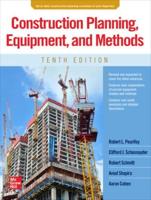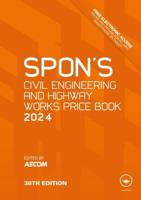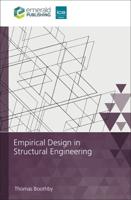Publisher's Synopsis
Reliability of Structures enables both students and practising engineers to appreciate how to value and handle reliability as an important dimension of structural design. It discusses the concepts of limit states and limit state functions, and presents methodologies for calculating reliability indices and calibrating partial safety factors. It also supplies information on the probability distributions and parameters used to characterize both applied loads and member resistances.
This revised and extended second edition contains more discussions of US and international codes and the issues underlying their development. There is significant revision and expansion of the discussion on Monte Carlo simulation, along with more examples.
The book serves as a textbook for a one-semester course for advanced undergraduates or graduate students, or as a reference and guide to consulting structural engineers. Its emphasis is on the practical applications of structural reliability theory rather than the theory itself. Consequently, probability theory is treated as a tool, and enough is given to show the novice reader how to calculate reliability. Some background in structural engineering and structural mechanics is assumed.
A solutions manual is available upon qualifying course adoption.









